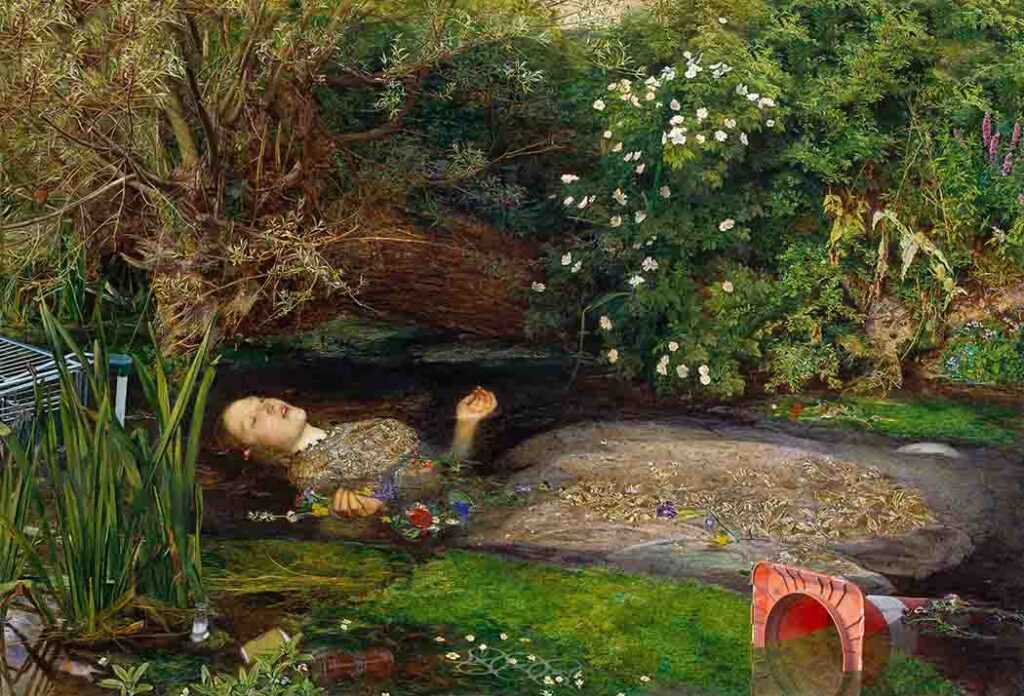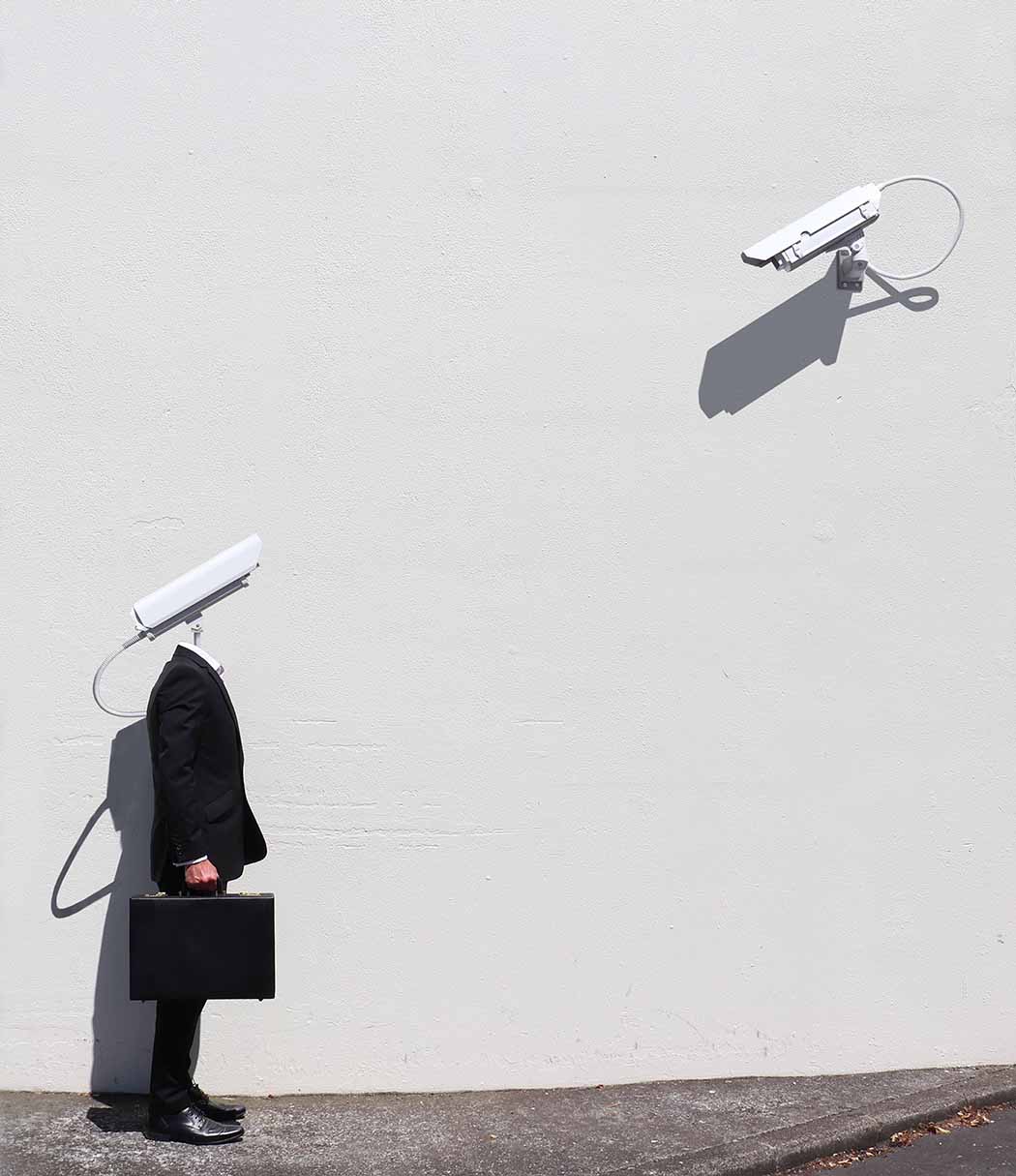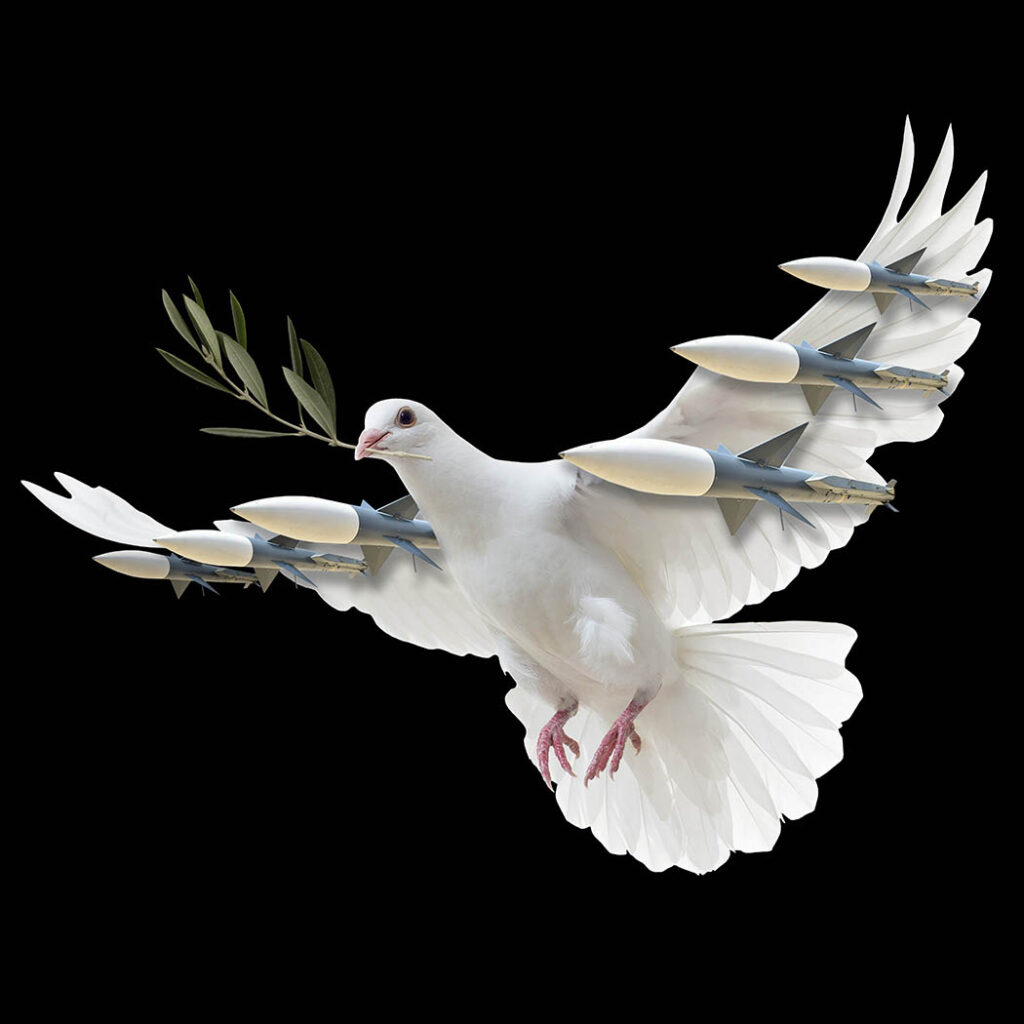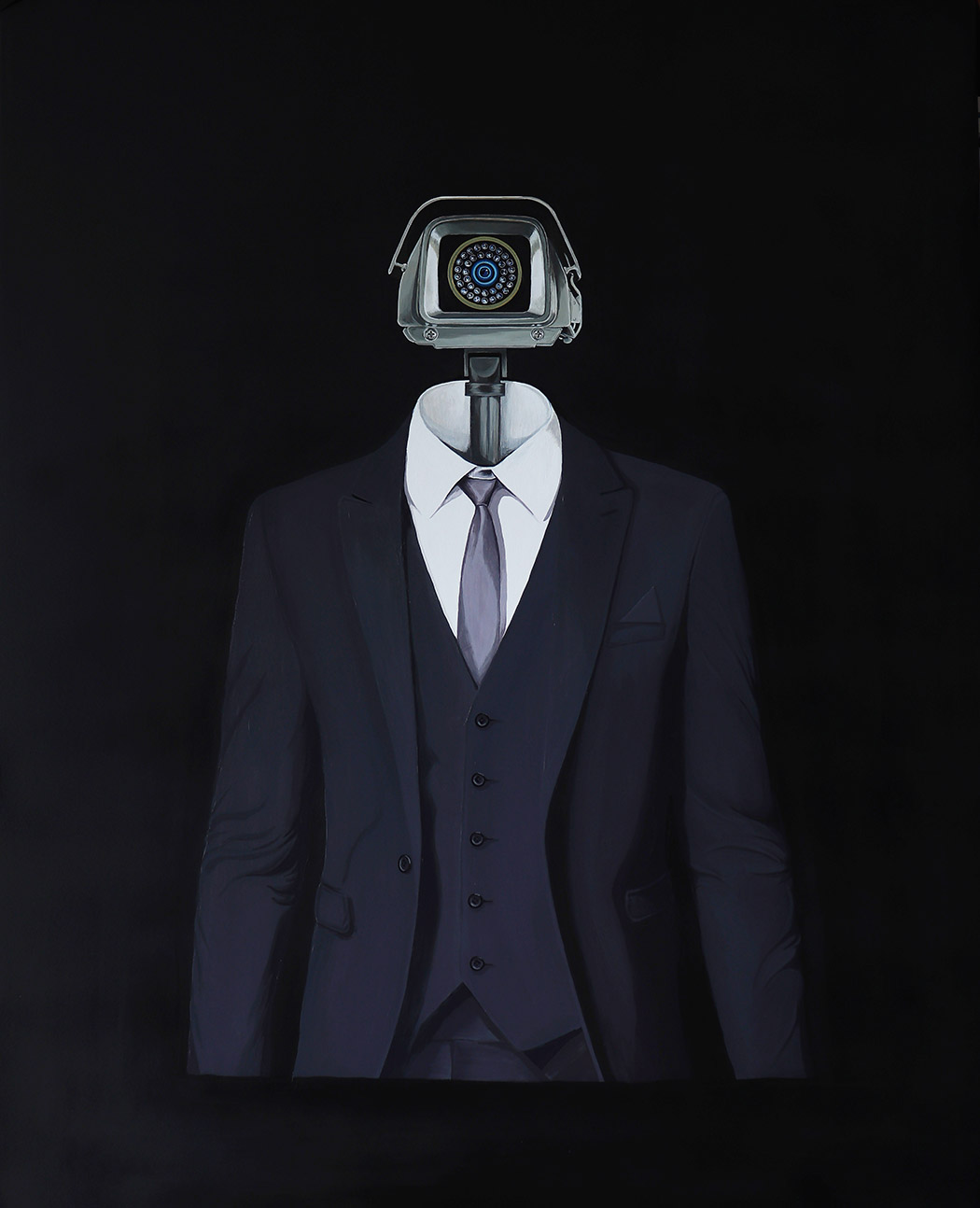Philip Richards
Where do you live: Originally from Wales and now living Auckland, New Zealand.
Your education: Architecture BSc (Hons) and BArch.
Describe your art in three words: Provoking, Surrealism and Pop art.
Your discipline: Acrylic, Sculpture, Ink, Photography and Photo-Collage.
www.sirveighlance.com | Instagram
How did your studies in architecture influence your approach to art, particularly in sculpture and mixed media?
Studying architecture provides a great foundation to understand a myriad of themes, such as spatial awareness, form and structure, along with material knowledge and working with a variety of materials, including concrete, wood, metal, and glass to name a few. Combined with the design principles such as proportion and scale, rhythm and repetition the designer/artist can create some balanced and harmonious forms, whether large or small, a building to a sculpture. The most practical element of the design process was developing the skills in drawing and creating physical scaled models that helped to plan and visualize the design before executing it, leading to more precise and measured artistic creations. By integrating these aspects, an architectural background provides a solid footing that can create works that are not only visually and conceptually compelling but also technically sophisticated, innovative and boundary pushing.
 Philip Richards | Post Raphaelite Ophelia | 2024
Philip Richards | Post Raphaelite Ophelia | 2024
What prompted you to transition from architecture to art, and how has that transition impacted your creative process?
Depending on the scale of the building, from initiation, concept to final completion, the process sometimes takes a long time, and we are talking months to years, in which some cases the initial concept has morphed into something else, due to the constraints related to the budget, material changes or the client requirements, which is very frustrating. The realisation that the most enjoyable part of the process for me was the early concept stage, involving sketching, physical model making, 3D modelling and photoshop for the concept presentations. All this under my belt created an easy transition which fulfilled my desire for creative freedom and personal fulfilment where I am my own client and author.
Your exhibitions often explore the intersection of religion, technology, and dystopian futures. What inspired you to delve into these themes?
From an early age I have been intrigued and confused by the concept of religion, fond memories of being mesmerized by the Greek mythologies and ancient stories of old. Then later, brought up on the ingrained doctrines of Christianity, the one God, the only God, the God that is everywhere, always watching you, wherever you are and whatever you are doing.
With today’s accelerating progression of technology, I’ve questioned if there is the same correlation between religion and technology? Could this new technological hold on the masses be the successor, and the beginning to a new world of Control? Are we embarking on or already living in an uncontrollable George Orwell’s 1984 sinister surveillance state or an Aldous Huxley’s Brave New World’s vacuous consumerist culture? Or both!! Reflecting on the current events around the world, are we now living in these entwined dystopia’s?
 Philip Richards | The Watchers | 2022
Philip Richards | The Watchers | 2022
“The Watchers” is an artwork that appears to have a strong message about surveillance. How did this project come about, and what do you hope viewers take away from it?
The concept originated from a desire to comment on the increasing presence of surveillance technologies in public and private spaces and how it affects human interaction and individual privacy. The CCTV heads symbolize the intrusive nature of surveillance, where even personal interactions are under watch. The act of these figures looking at each other suggest a mutual awareness or a critique of how pervasive surveillance has become. The business attire and briefcases represent the power dynamics inherent in surveillance practices, where those in positions of authority monitor and control others, often for profit or security.
Viewers are likely meant to take away a heightened awareness of how surveillance infiltrates daily life and its implications on privacy and freedom. The artwork invites reflection on the balance between security and privacy, questioning the cost of constant monitoring on personal freedoms and social norms.
 Philip Richards | War and Peace | 2022
Philip Richards | War and Peace | 2022
How do you balance the portrayal of dystopian futures with a message of hope and the need for change?
I consider my works to be a series of visual stories, to provoke thought and inspire reflection, raising awareness, and inspiring collective action towards a better future.
By addressing all these themes that are happening around the globe, inviting the viewers to contemplate the profound changes occurring, the ethical and spiritual challenges we face, and the potential futures we are creating through our technological advancements and social choices.
To balance this subject matter to a lighter tone for the viewers, there is a lot of subtle humour and irony in my work to counteract the grimness and dystopian direction, along with hints of surrealism and pop art. For the viewer it’s all about the message and the inspiration to evoke hope, resilience and growth, as well as being visually and mentally entertained and stimulated.
What advice would you give to emerging artists who are trying to gain recognition and find their voice in the art world?
One of my favourite quotes that summarises what I believe in is by Oscar Wilde – “Be yourself; everyone else is already taken.”
Remember, the art world is vast and diverse, and there is room for many voices. Stay passionate and dedicated to your craft, and your unique voice will eventually find its audience. For emerging artists seeking recognition and a distinct voice in the art world, the journey can be challenging yet rewarding. It’s all about patience as well, creating art that is authentic and meaningful to you. Avoid altering your work to fit trends or expectations, as genuine expression often attracts more attention and appreciation.
Following that, share your work on social media and online art platforms with consistent posting and engagement with your audience that can significantly increase your visibility.
 Philip Richards | Sir Veigh Lance | 2022
Philip Richards | Sir Veigh Lance | 2022
What message or feeling do you hope viewers leave with after experiencing your art?
In a dystopian-themed art exhibition, my hope is that viewers leave with a profound sense of introspection and perhaps even a bit of discomfort. Dystopian art often serves as a reflection of our current society’s potential pitfalls or as a warning of possible futures.
I would want viewers to feel a sense of urgency to contemplate the themes presented—whether they relate to social issues, environmental concerns, political landscapes, or technological advancements gone amiss. Ideally, they would question the direction in which our world is heading and consider the consequences of our actions as individuals and as a collective society.
Furthermore, I hope that the art prompts viewers to engage in critical thinking and dialogue about how we can prevent dystopian scenarios from becoming reality. It’s about stirring emotions, sparking discussions, and fostering a desire for positive change and a better future.

Leave a Reply